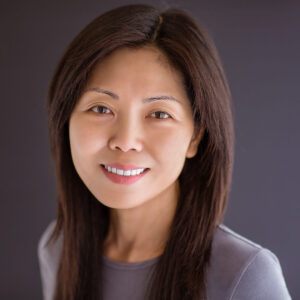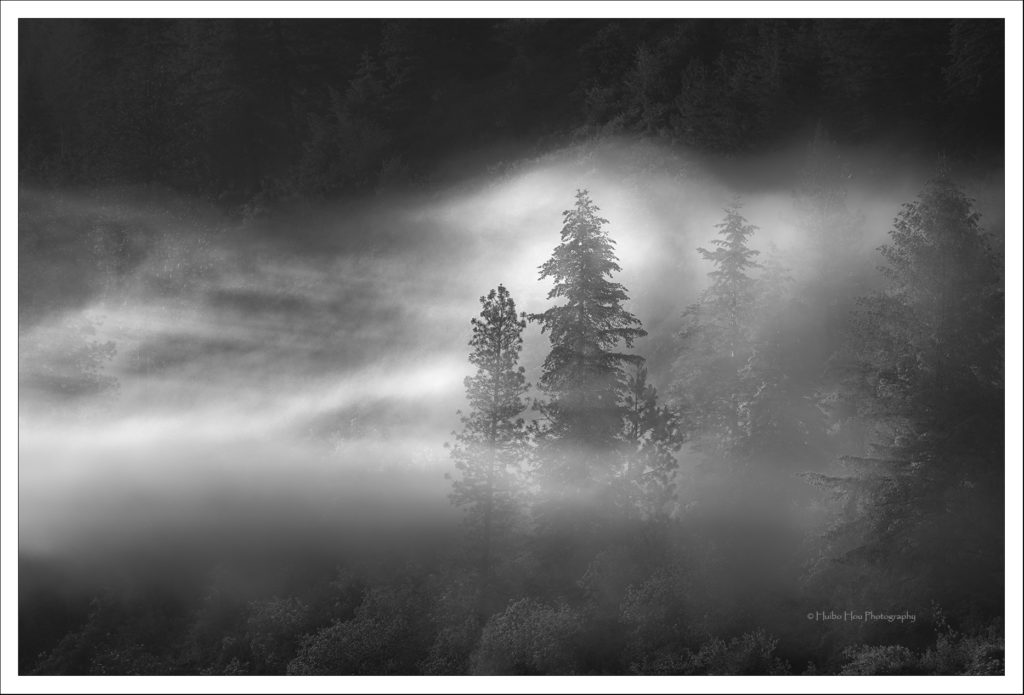
If there is only one principle that all of us should follow in our journey of photography, I believe it is staying true to ourselves. Be yourself, and do not try to become someone else. On the other hand, we often hear the advice that in order to improve and grow we need to constantly push ourselves out of our comfort zone. Lately I have been thinking about what these two philosophies mean to me and how to balance them. Are these conflicting ideas? They shouldn’t be. Do they both benefit how we grow as photographers? Definitely. But I have come across situations where I struggled to do both, so I think it is worth elaborating a few thoughts here.
Stay True to Ourselves
Staying true to ourselves, to me, means that we allow ourselves to take our own pace in photography. Nowadays, with great technological advancements, abundant information at our fingertips, and increasingly accessible wild places, our learning curve in photography is greatly sped up compared to past generations. There are plenty of talented photographers who quickly become successful or popular, which can make some of us feel the pressure to “catch up”. To some this is motivation, but to many this can be a huge distraction.
Our pace of learning and maturing in photography can be vastly different because we all have different backgrounds and life experiences that shaped our different interests, passions, and goals. What applies to others does not necessarily apply to me, and vice versa. Staying true to ourselves is to feel comfortable with giving ourselves time to develop as well as plenty of chances to experiment and fail, without comparing ourselves with others.
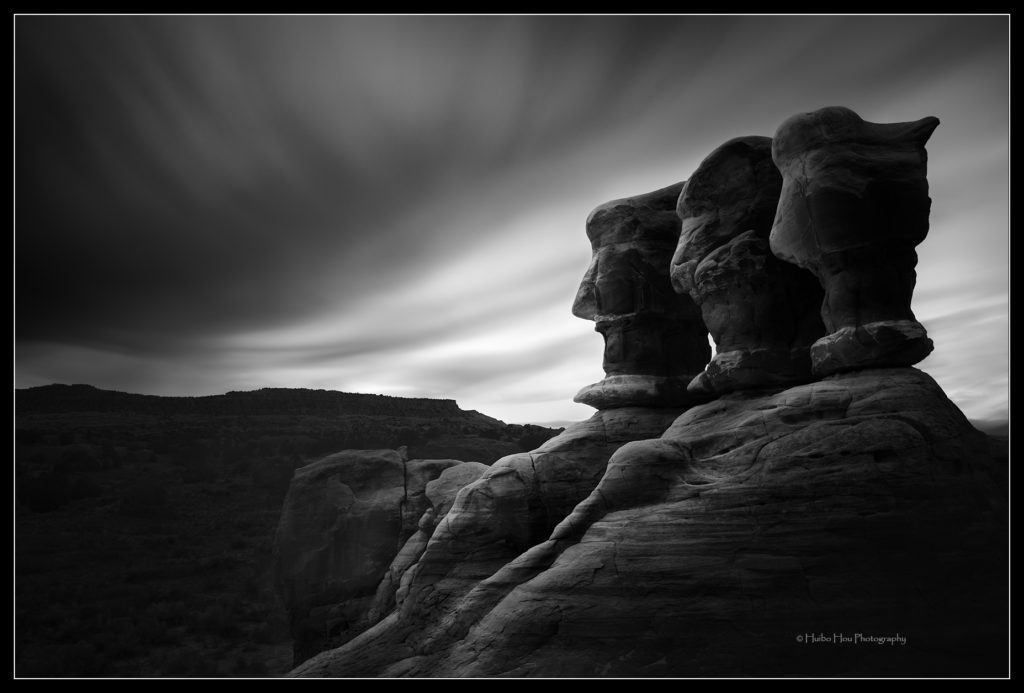
Each of us is at a different stage of life and has different commitments which can greatly impact how long it takes us to go on with our photographic journey. Like many photography enthusiasts who had to take a long break from photography due to job and family then resumed later in life, I took a six-year break from photography right after my son was born. I was never a great multitasker and was simply not able to mix in a serious hobby with a demanding job and a new family. Six years later, the burning desire to create (with the only art form that I knew) eventually led me to pick up the camera again.
Six years is not a long time, but in the digital age it means new technology, new platforms, and a whole new generation of photographers. Many things had changed, and I had to go through the learning curve again. I felt the urge to get back into the “zone” fast. But nothing was really working initially, and it was very frustrating. I soon realized that I had to let go of such pressure and expectation. Instead, I should give myself time to patiently go through the process. How fast or how slow do we want our photographic journey to go? It’s entirely up to ourselves.
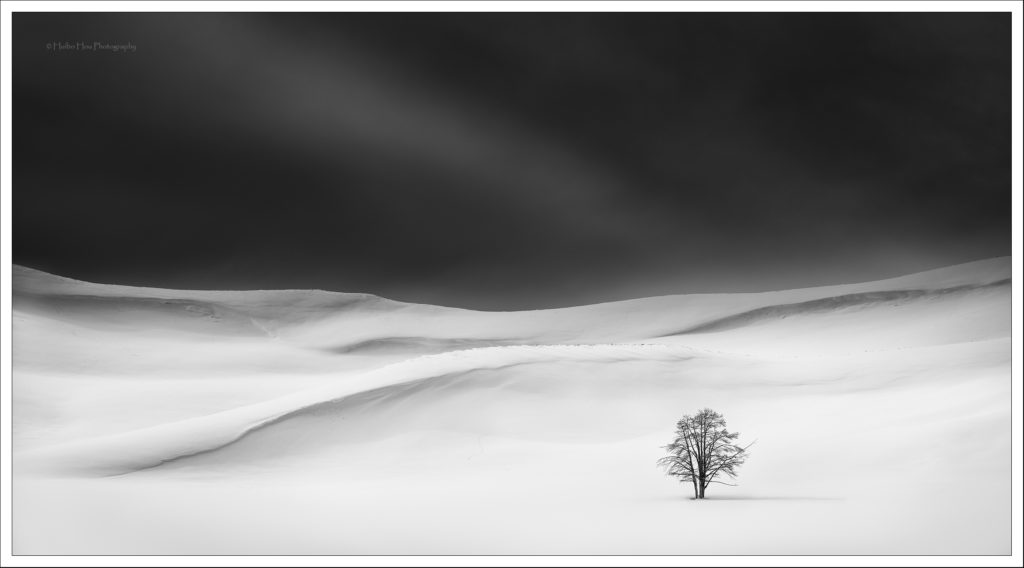
Staying true to ourselves, to me, also means that it is perfectly fine to be happy with focusing on subjects and locations that speak the most to us, even if they are considered ordinary in a general sense. Many photographers that I admire focus on the subjects or landscapes that are close to their heart.
A common trait that I noticed among these photographers is that they develop such a deep understanding and personal connection with their subjects or landscape that they go back again and again to study and photograph them. Their images reflect that level of understanding with more thoughtful and unique observation, more storytelling, and more depth than skin-deep beauty. It’s more important to choose working with landscapes and subjects that feel “right” to us, that is, fit our personal style and thus can help bring out our inner creativity.
I have a long-lasting impression about what photographer Bruce Percy said about choosing the “right” landscape. He says, “The landscapes you work with are very vital, in terms of your own development. I’ve found certain landscapes can be great teachers. If you meet the right one at the right time of your journey, it will work with you. However, if you work with the wrong landscapes, they will often work against you.”
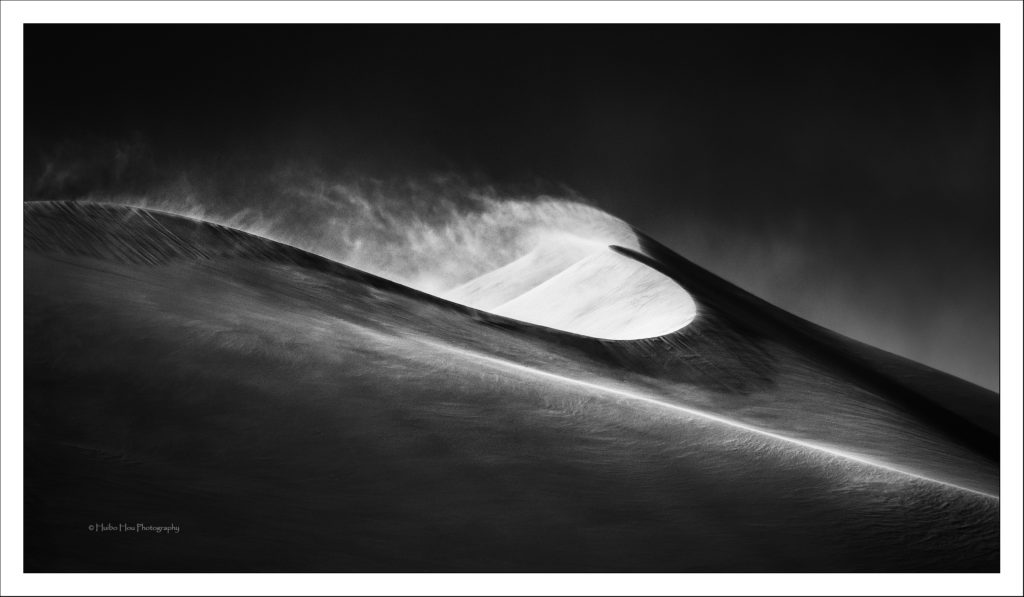
Chasing exotic landscapes and subjects are indeed very exciting, but it is not the only way to inspire creativity. It’s equally, if not more, rewarding to find and stay with the landscape and subjects that can guide us to develop our photographic vision, even if they are located right in our backyard. Many landscape photographers have found their “muse” or happy place (Romanian photographer Gheorghe Popa’s work about Lake Cuejdel in his home country is a great example). While at our happy place our creativity has the best chance to flow and help to create personal work.
Staying true to ourselves, to me, also means that developing a personal style that reflects who we are is much more interesting than producing similar work as those already available everywhere. If this is something one feels truly passionate about doing – producing beautiful work without caring if it is unique or not – then it’s great: we should all be doing what is truly making ourselves happy.
However, I suspect many photographers will naturally progress to a point that they’d feel doing similar work as everyone else is not sufficient to fuel their creativity anymore. Sooner or later, we may start thinking about and working towards how our work can reflect our unique way of seeing and our unique connections. Unfortunately, it can be a long road to achieve that. Sometimes pursuing personal work does not necessarily produce the results that would be conventionally considered beautiful. When this “conflict” happens, it’s really our own call whether to keep pursuing in our own direction.
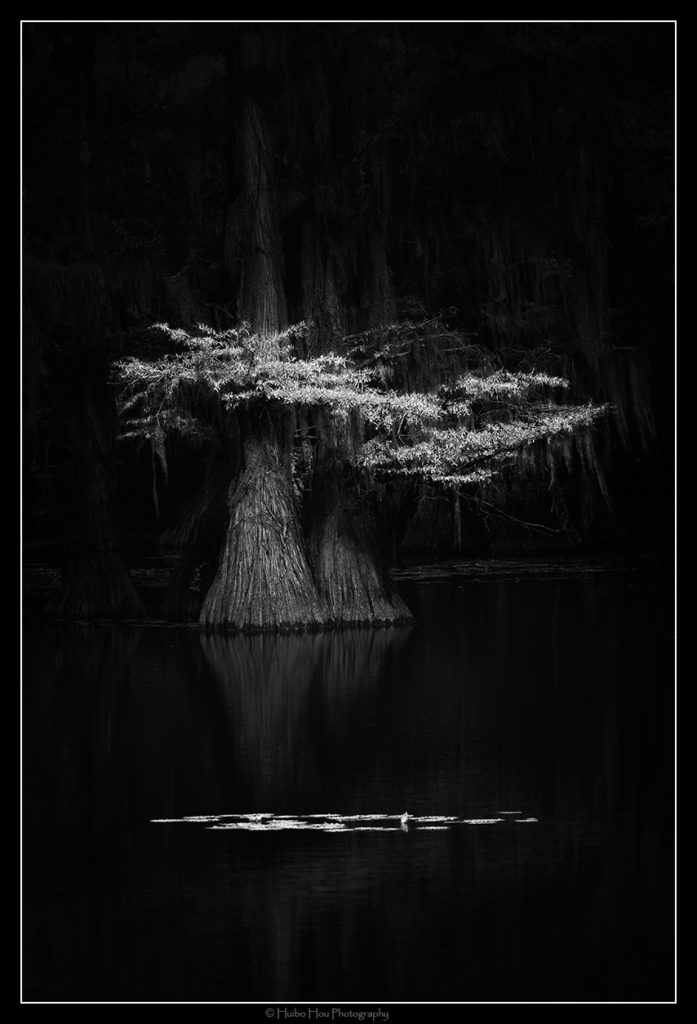
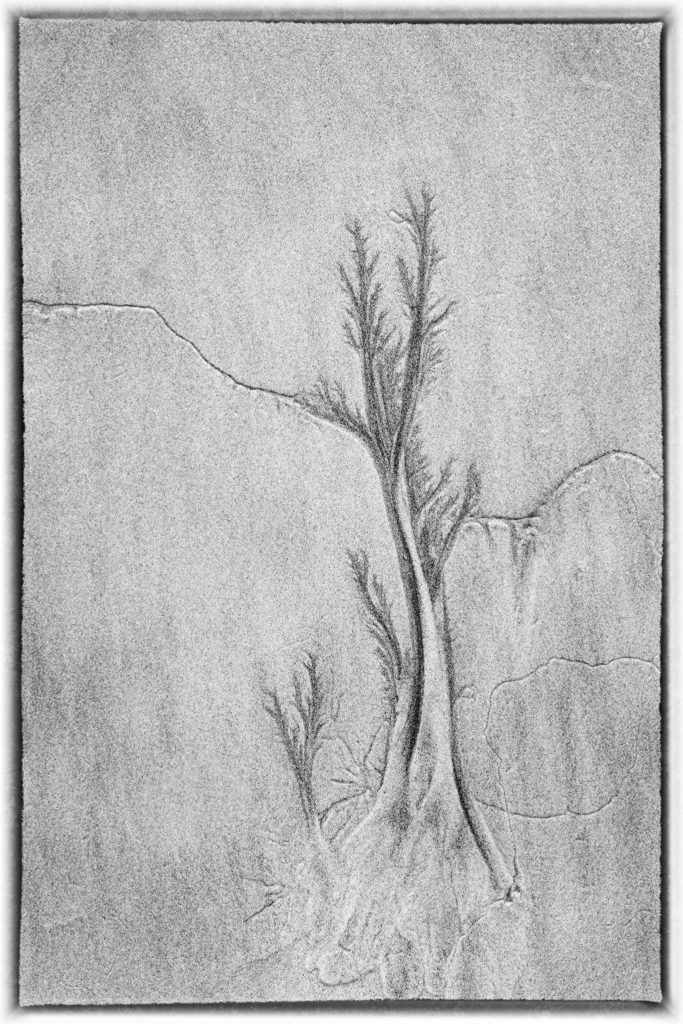
After a few years of photographing, I started noticing I am more drawn to the monochromatic world than the color world (though I do still photograph in color from time to time). Black and white seems to be able to touch me in a more profound way. So does simplicity. A great black and white image, especially when combined with simplicity, can make my heart skip a beat and truly take my breath away. After realizing this connection over and over, I decided to pursue in that direction. It takes practice to get it right and I failed a lot (and still do). But since this is my favorite way of doing photography, it doesn’t feel tiring.
Staying true to ourselves means we are strong enough to shield the noise from social media and resist the pressure to conform. It’s very easy to be emotionally attached and controlled by how much praise and how many likes we get from social media, or how much acceptance we get from competitions and publications. It’s dangerous to evaluate our own work largely based on how they are accepted by others.
With that said, I want to carefully differentiate this from getting constructive feedback and inspiration from others, which is an essential part of learning and developing. Constructive feedback will nurture and inspire our own creativity and help us to improve our skills to better pursue in our own direction. But as soon as we start assessing our work based on how to increase its chance to wow the audience, or to win a competition, we start conforming, and we may find ourselves deep within a rabbit hole.
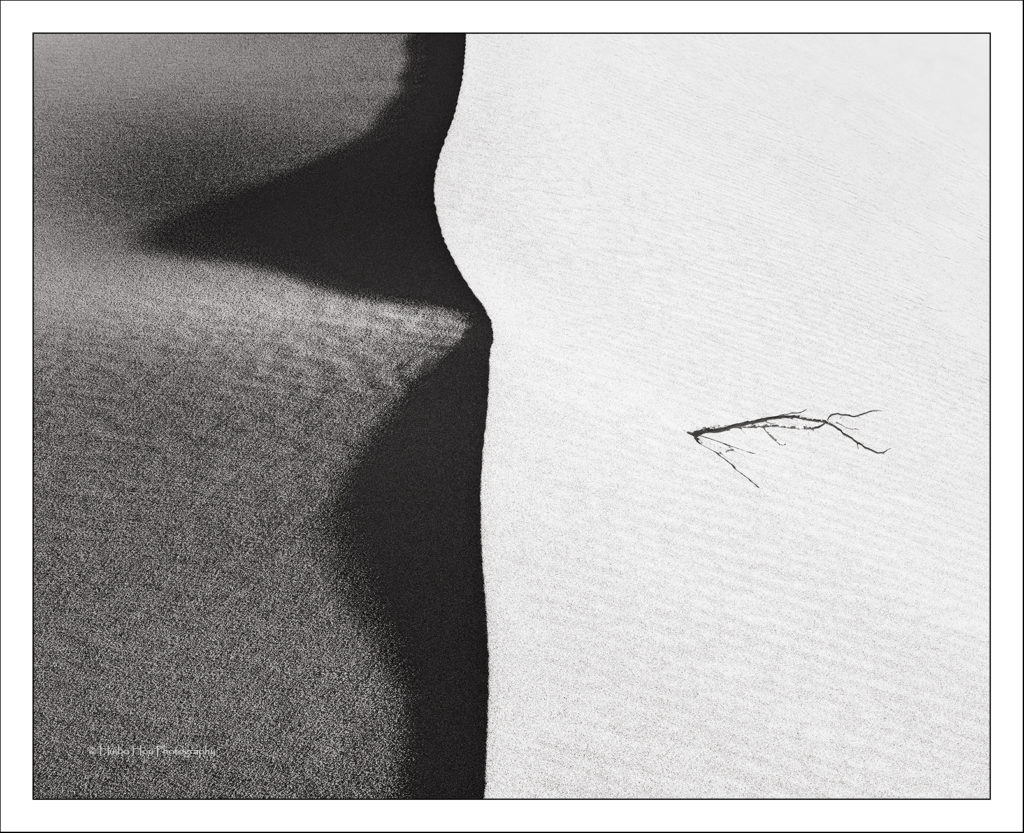
I went through a period when all I cared about was how well my photos “perform” on a platform. After uploading each photo, I would constantly check its rating, and my mood would be largely dependent on it. I then found myself studying other photographers’ work and considered mimicking them not because they were inspiring and close to my heart, but because they were more popular. My goal at the time was simply to make my work become more accepted.
I eventually sensed the danger of my not being strong enough to resist the temptation to conform. Will this make me a better skilled photographer? Maybe. But it is not worth losing part of myself during this process. I eventually decided to leave the platform. Nowadays I still share my work on social media (in a limited fashion) but I have become a little stronger and calmer by often reminding myself to stay true to myself. Creativity comes from within, not from what others tell us what to do.
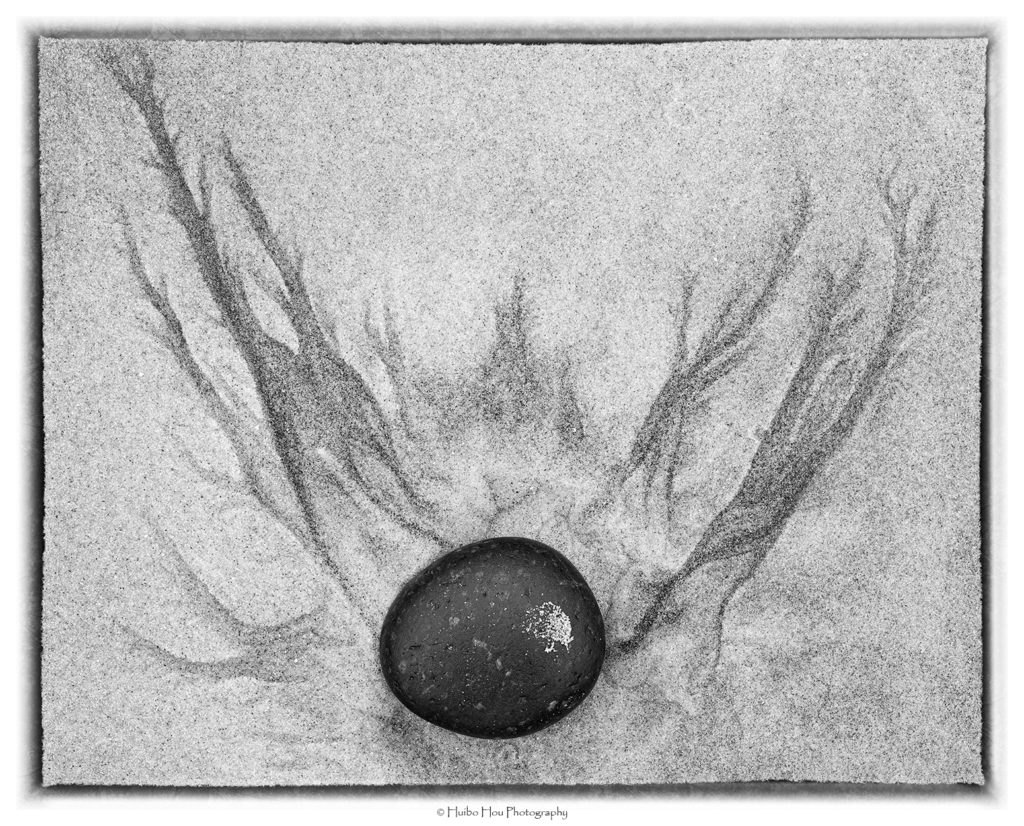
Pushing Ourselves Out of Our Comfort Zone
The definition of comfort zone is “a place or situation where one feels safe or at ease and without stress.” In many cases, when one is at ease and without stress, we feel the most confident. And that helps our creativity. New challenges, environment, or equipment bring excitement but possibly also anxiety, while familiarity can help us slow down, observe things more intently, nurture deeper connections with a more relaxed mindset, and lead us to produce more personal work.
So, what about the advice that in order to grow (in any field), we need to often push ourselves out of our comfort zone? When should we consider doing that? How does it not conflict with staying true to ourselves? I think the answers to these questions really depend on what leads us to think that we need to embrace changes and push ourselves out of our comfort zone.
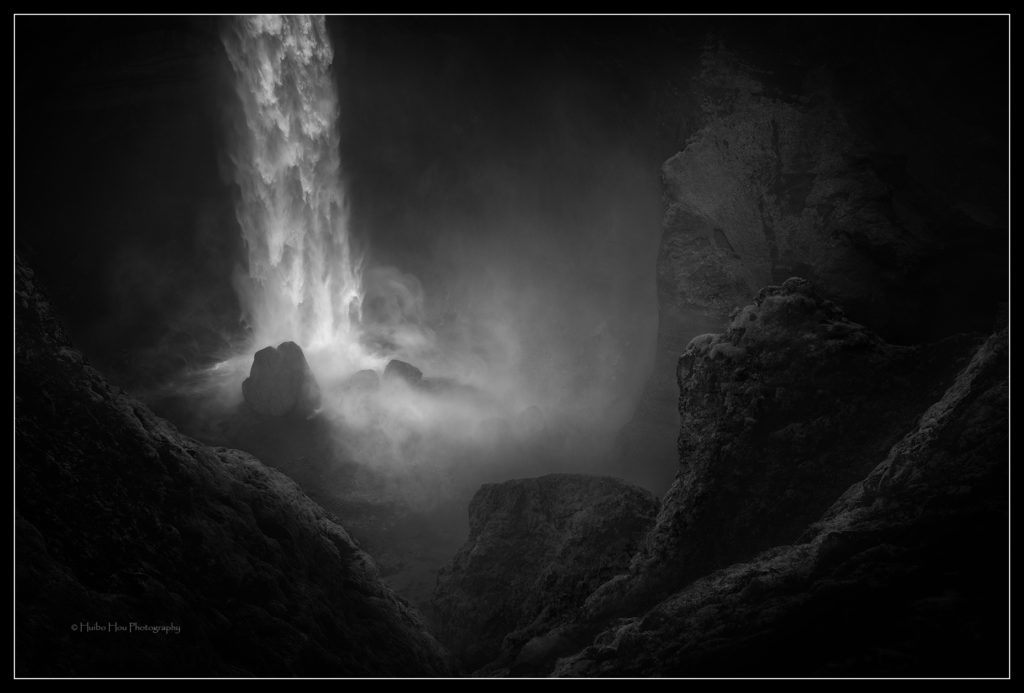
One scenario is that, if we are repeating ourselves by producing similar work over and over, then as a photographer we are not growing. It’s essential for us to proactively recognize this situation (even if we tend to feel content about our successes) and start thinking about the ways we can progress to the next level. Another familiar situation is that from time to time we will find ourselves in photography slumps, unable to produce anything up to the same standard as our previous work, or not feeling the same level of motivation anymore.
There are many ways to pull ourselves out of such slumps. Challenging ourselves to step out of our comfort zone is a great option to try. We can experiment something new or even expand in a completely different direction that we never tried and possibly makes us feel uncomfortable and nervous. For example, we may start photographing new subjects or even try a new genre, or experiment with videos instead of just stills, or switching to different equipment or post processing techniques, or even completely change our working methodology, so on and so forth.
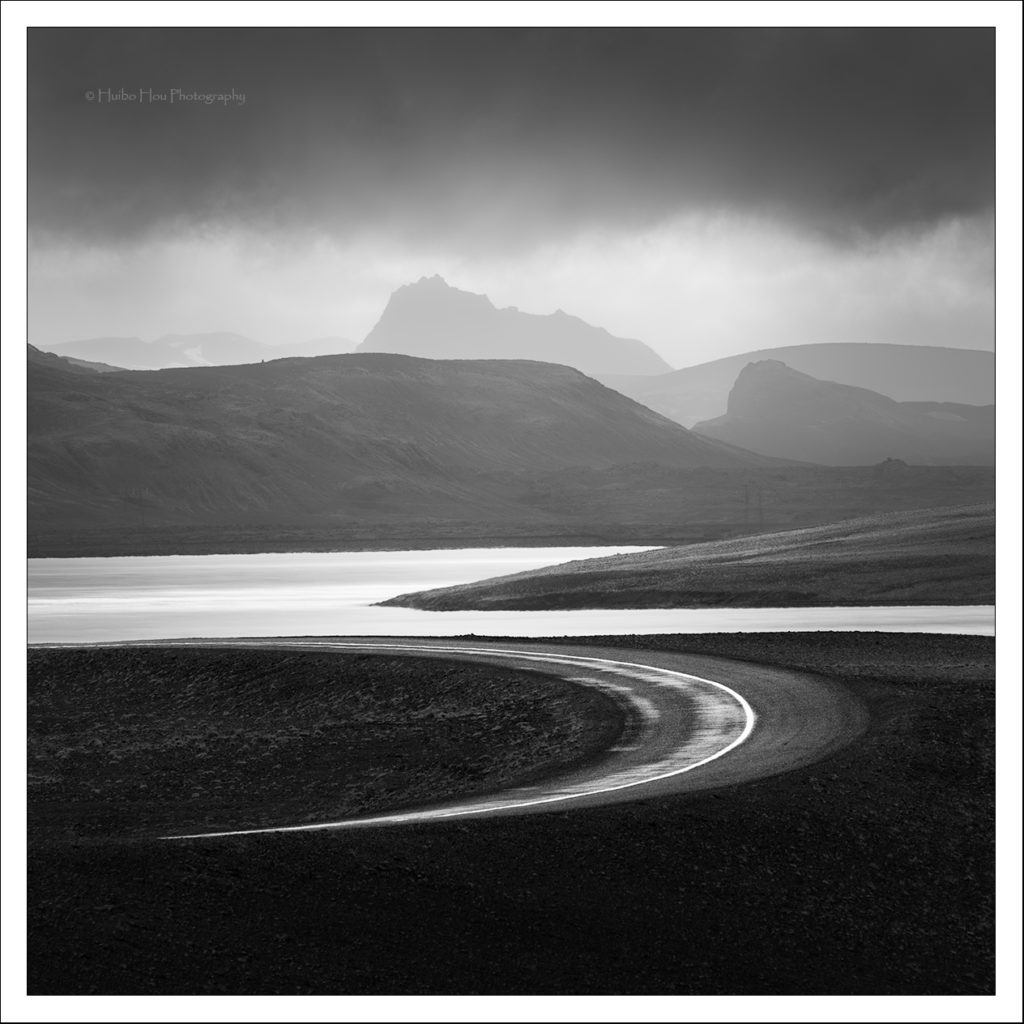
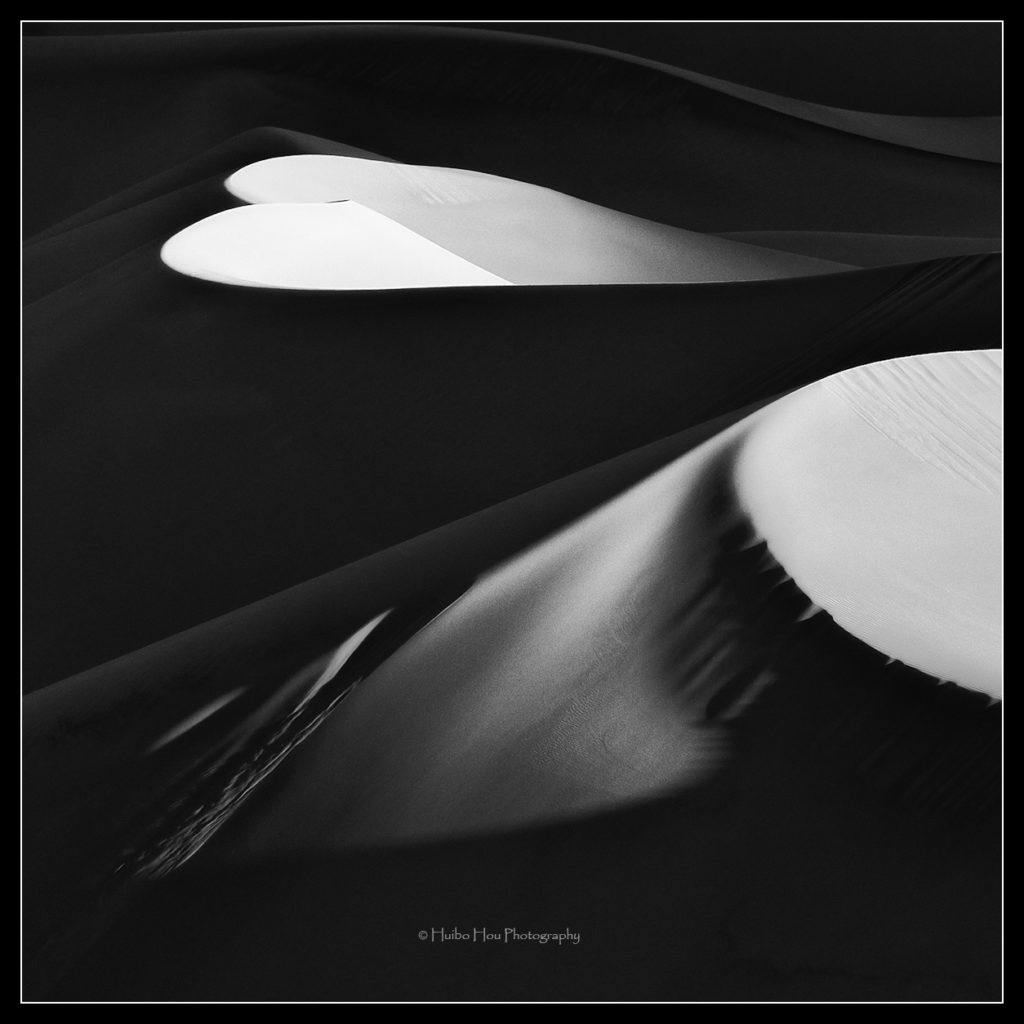
No matter how nervous these new changes may make us feel, they don’t have to conflict with staying true to ourselves, as long as the motivation is based on our genuine interest and curiosity, and it comes from our genuine inner-desire to learn and challenge ourselves to become better. What’s more, if the motivation comes straight from our heart, then it is easier for us to keep pushing when faced with challenges.
For some time I have had the desire to expand from a single-image, “best moment” photographer to a story-telling, series photographer. The inspiration most likely came from Lenswork Magazine after I subscribed to it for many years. Lenswork focuses on projects rather than individual, uncorrelated images, which calls for a more careful thinking on a deeper level of understanding for a subject matter or location. It also requires a lot more patience – many photographers’ projects are long-term, as some can take years to produce a meaningful, impactful, presentable work.
Truth be told that shifting my mindset towards project-like work doesn’t come naturally, as I have been largely a “best moment,” single-image photographer for so long (i.e., my comfort zone) – for example, identifying connections between certain images can be quite tricky; identifying connections with unique perspectives has proved even more challenging to me. However, continuously pushing myself out of my comfort zone in this direction (even with very slow progress) does not need much self-convincing – I firmly believe it is going to benefit my photographic vision.
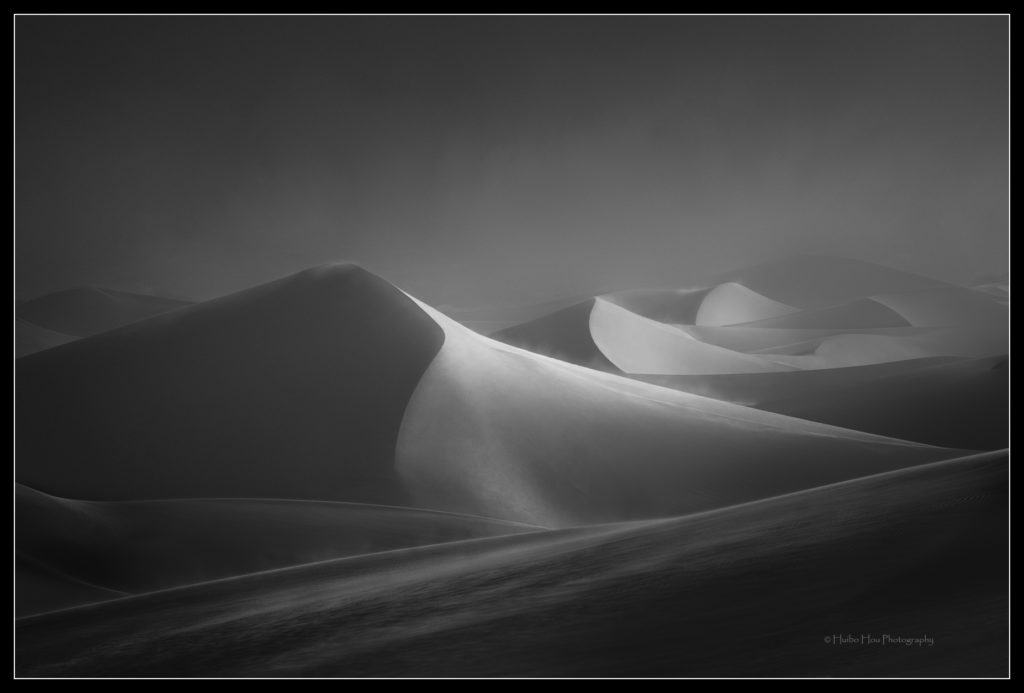
However, it would be entirely different if the motivation to push ourselves out of our comfort zone largely comes from the pressure to conform when we don’t genuinely feel passionate about the change. It’s human nature wanting to try new things if everyone else is doing it or it looks cool or it produces amazing results. But if we don’t feel a real connection with the change, and if there are still plenty of opportunities to be creative in our comfort zone, is it okay to stay in it?
In late 2018 I bought a drone, feeling excited about the new perspective. But it didn’t take long before I found out this new toy was not for me. I felt tense, always worrying it may crash and get lost. I also felt constantly pressured to find good compositions within the short battery life. This stress distracted me so much that not only did I not enjoy using the drone, but I also wasn’t able to concentrate on photographing with my main camera (did I mention that I am not a great multitasker?).
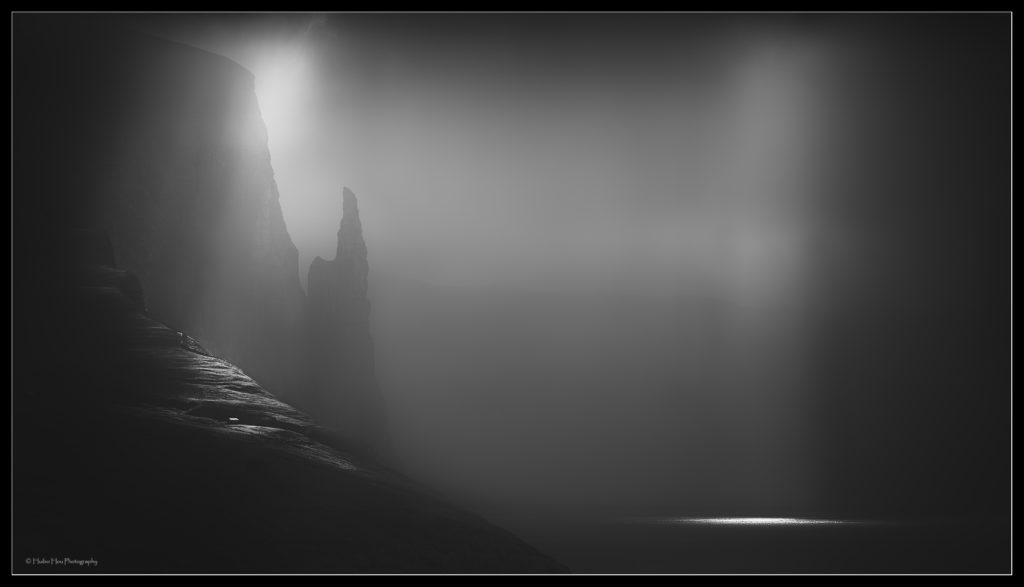
For me, doing drone photography was an exact example of being out of my comfort zone by working directly against my preferred way of photographing – I like to take my time, generally focusing on one thing at a time, and work very slowly. I felt a bit mortified after coming to this revelation and questioned myself – “Everyone else loves it so why can’t I?”; “Will I miss a lot while everyone else was able to capture something unique and fresh?”; “How do I know I won’t eventually enjoy it if I don’t keep practicing?”
I then tried to convince myself – “You are giving up too fast!”; “Don’t be a wimp! You haven’t pushed yourself hard enough to get out of your comfort zone!”
I pondered and weighed what I would gain and what I would lose. I figured that I will likely get some cool images and videos, but they don’t make up for what I will lose – – a chance to slow down. What’s more, it is not like I have exhausted ideas to work with my main camera – in fact, I think I have only scratched the surface with what my main camera can do.
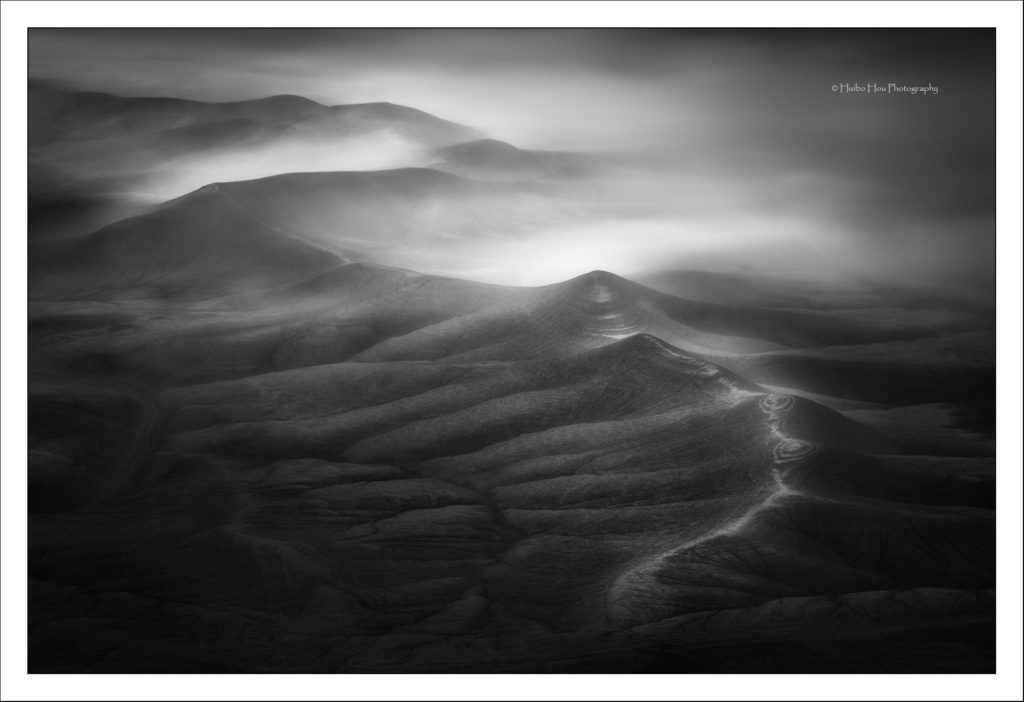
I eventually decided to allow myself to stay in my comfort zone. My drone ended up quietly collecting dust on my shelf for 2 years until I sold it in late 2020. Yes, I chickened out, I didn’t push myself hard enough, but I followed my heart, and felt at peace with my decision.
If sometimes we feel lost, uncertain or even unmotivated in our photographic journey, I find reminding ourselves to stay true to ourselves always helps. Constantly challenging and pushing ourselves out of our comfort zone is an important part of our journey, but it is much more enjoyable to do so if the motivation comes straight from our heart. Whether to stay in, or push us out of our comfort zone? It is entirely up to us and only us.


